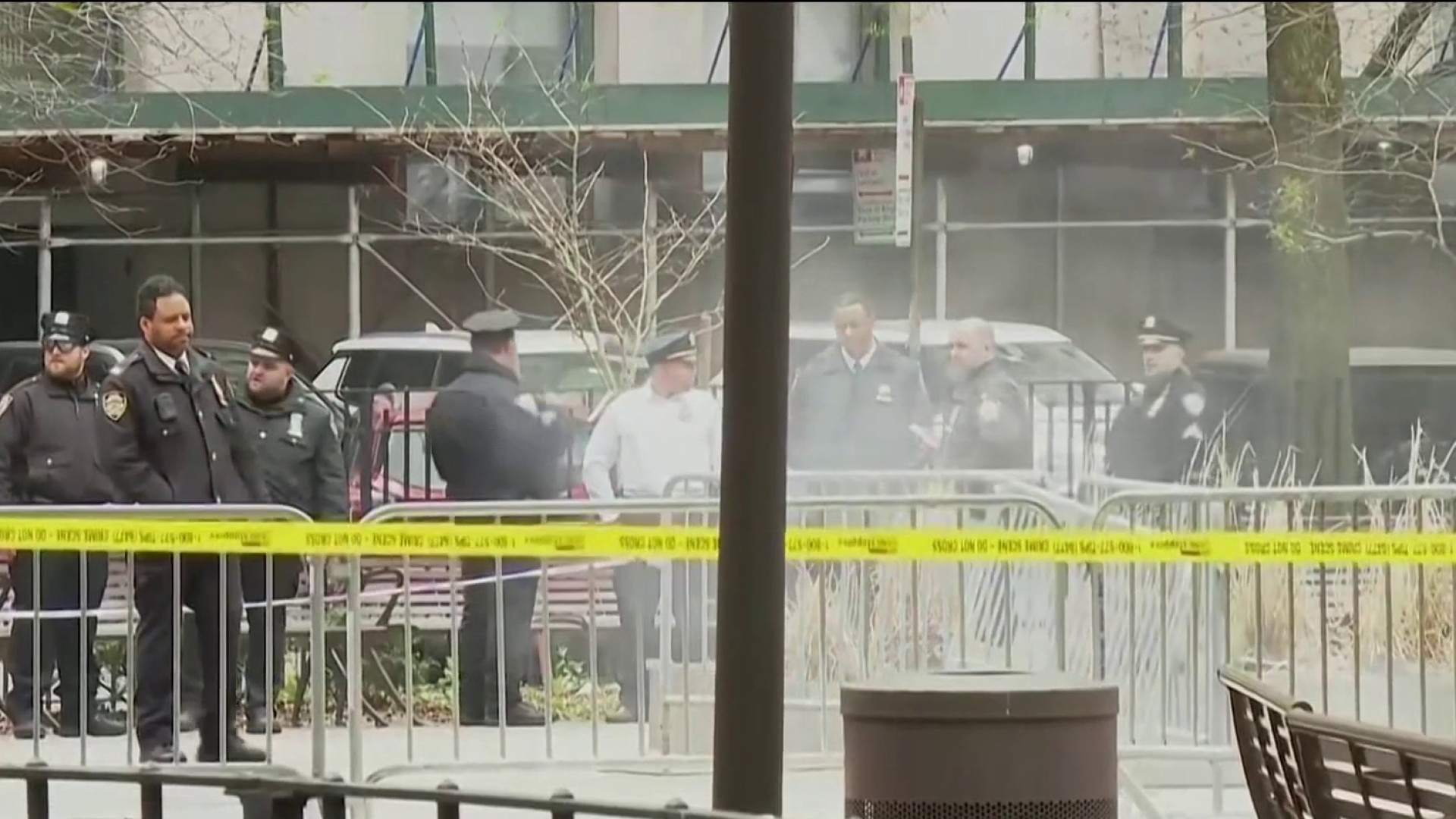Video from Los Angeles’ Griffith Observatory captured the historic near-total lunar eclipse that peaked early Friday morning over Southern California.
Views were blocked by clouds in many areas, disappointing those hoping to see the longest lunar eclipse in nearly 600 years. A partial lunar eclipse occurs when part of the full moon falls under Earth's shadow. More than 97% of the moon will be covered at the peak of the eclipse, appearing a reddish color for about three and a half hours, according to NASA.
Griffith Observatory provided streaming coverage from 10 p.m. until 4:05 a.m. Friday. The eclipse peaked at about 1 a.m.
Get San Diego local news, weather forecasts, sports and lifestyle stories to your inbox. Sign up for NBC San Diego newsletters.
In areas not covered by clouds, the eclipse was visible to the unaided eye.
During the eclipse, the moon appeared a reddish-brown color. At its peak, around 1 a.m., over 97% of the moon was in full shadow and only a small sliver of its left side will shine in the partial shadow of the Earth, according to NASA.
The moon turns red because the only sunlight reaching it passes through Earth's atmosphere. The more dust or clouds in the Earth's atmosphere at the time, the redder the moon will appear.
U.S. & World
“It's as if all the world's sunrises and sunsets are projected onto the Moon,'' according to NASA's website.
Clouds might have dimmed the excitement over this lunar eclipse, but stargazers can look forward to next year, when an even longer total lunar eclipse is expected Nov. 8.



